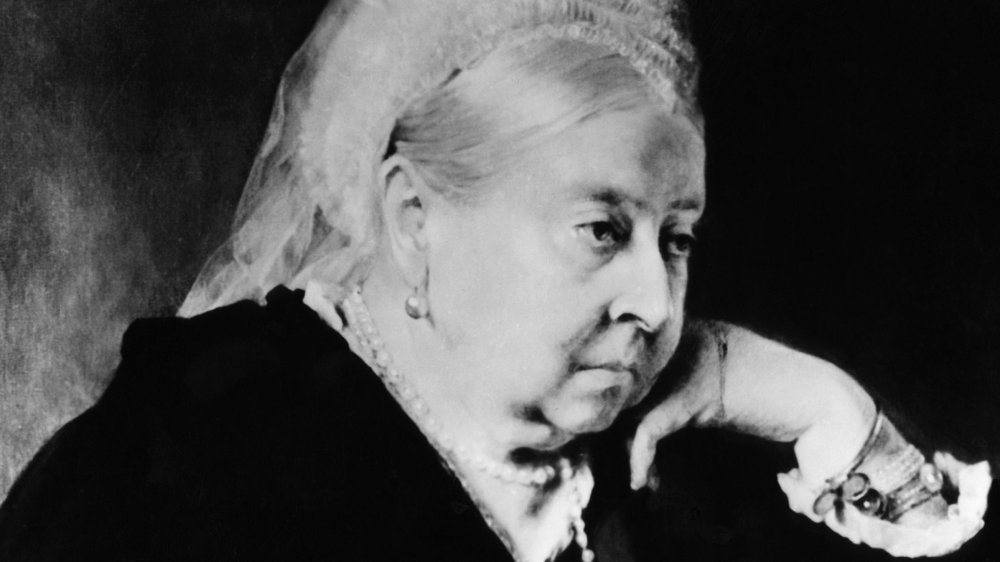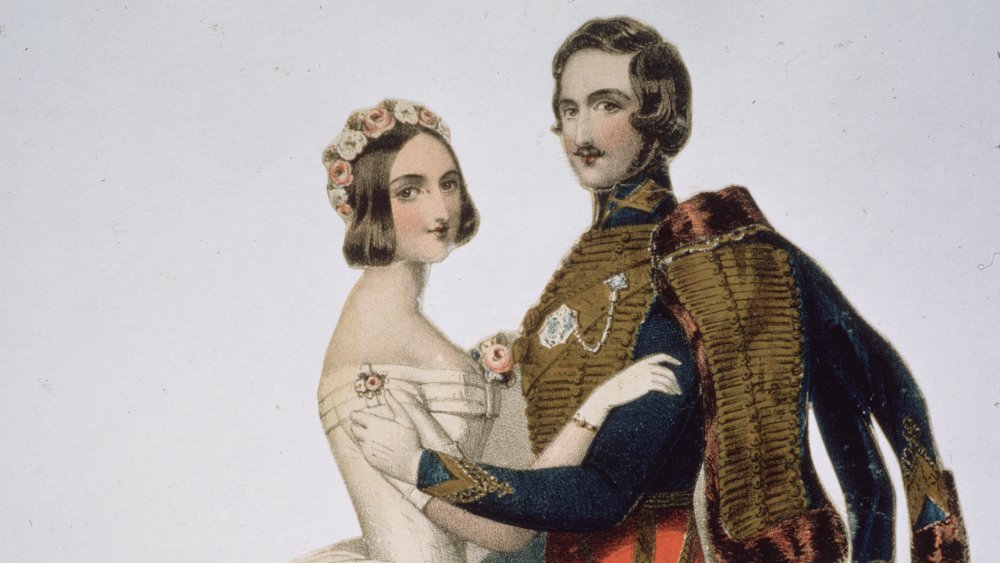What Really Killed Queen Victoria?
"Uneasy lies the head that wears a crown," wrote William Shakespeare, who made a fairly tidy living telling stories of royalty, English and otherwise, in various stages of sturm und drang. If that is indeed the case, Queen Elizabeth II, the present occupant of the throne, must go through boatloads of melatonin. Regardless, she looks remarkably presentable for someone who has set a record for longevity in ruling England.
Who might be the runner-up? Glad you asked. That would be Queen Victoria, whose run was only recently eclipsed by the present resident of Buckingham Palace.
As all good viewers of the BBC via PBS know, Victoria ascended to the throne at the tender age of 18. She has been described as "feisty," albeit tiny –- measuring up at just 4'11" in her prime. Short, but scrappy. Because who doesn't want to live in a country run by a teenaged princess?
About three years after becoming queen, she married her cousin, Prince Albert of Saxe-Coberg and Gotha -– because who doesn't want to live in a country where the ruling class marries its cousins? It was surprisingly common in those days, though it did eventually lead to a significant occurrence of hemophilia.
Victoria and Albert were a match made by relatives
Nevertheless, most reports tell us that Victoria and Albert were extremely happy together. Something must have clicked, because the couple had nine children together. After Albert died at the relatively young age of 42, Victoria began to wear black exclusively, and did so to the end of her life.
She was a woman of strong will and strong appetites -– see "nine children" above –- who also loved a good meal or three. The vertically challenged monarch eventually sported a waist measuring 50 inches. Yes, just nine inches difference. But "height-to-weight proportionate" probably meant something different in 19th century England.
Victoria's reign was marked by a period of great economic progress in England, as well as advances in learning and technology. There was still grinding poverty –- remember Mr. Dickens? — but it was a start. She made it into the 20th century, however briefly.
Victoria's health declined gradually in her last years. Nearly blind, missing her husband, mourning the deaths of adult children, she even lost her appetite. She suffered a series of small strokes, slowly debilitating her. She died the evening of January 22, 1901, age 81, surrounded by her children and devoted staff. That she had ruled for nearly 64 years immediately created a problem: No one alive knew the procedure for burying the monarch.

